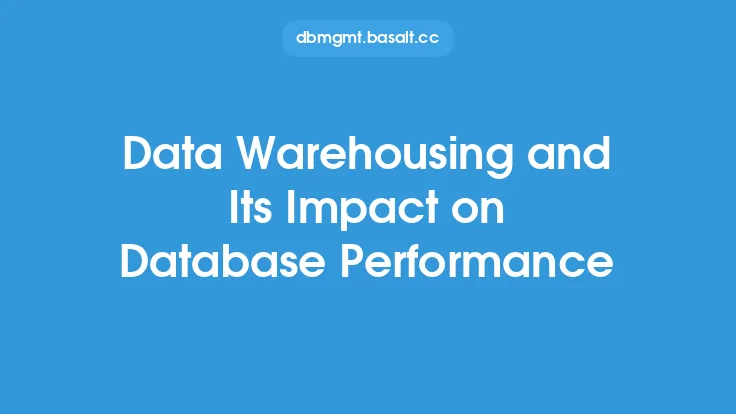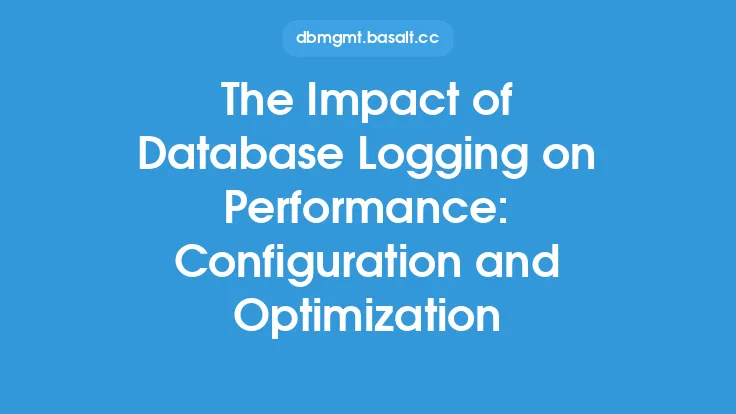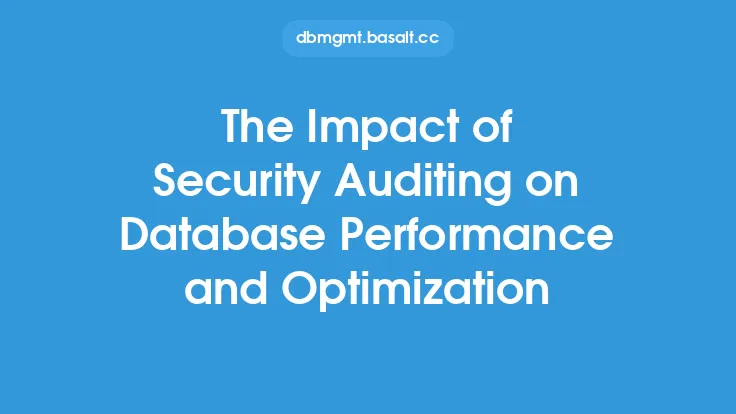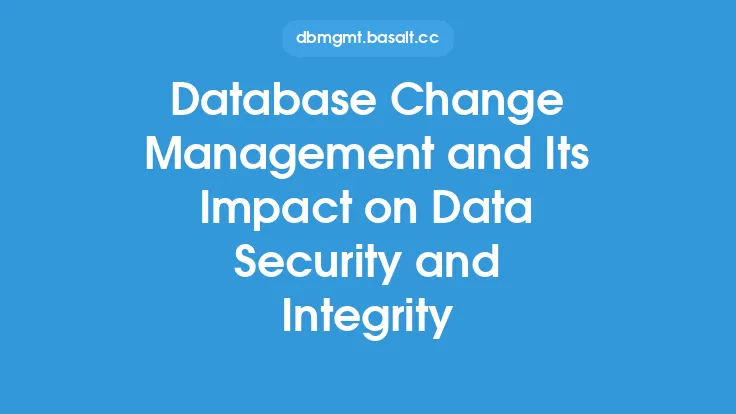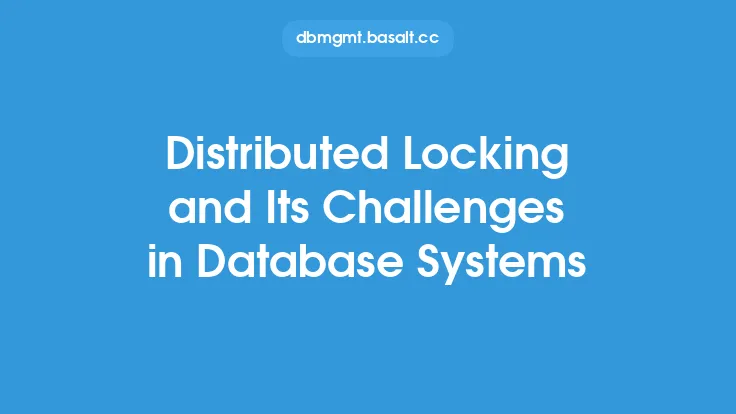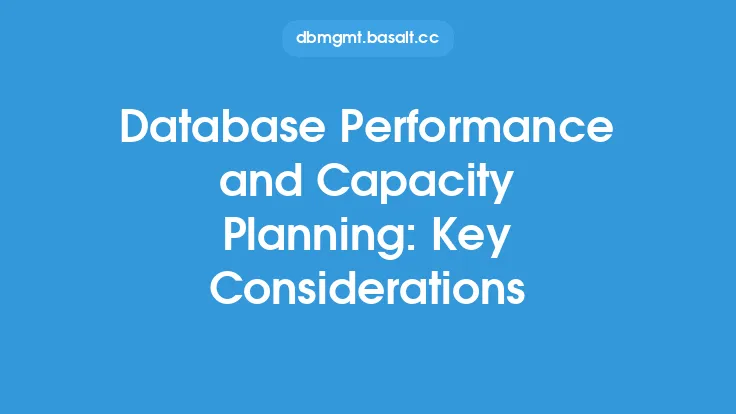Lock escalation is a critical aspect of database performance optimization, particularly in the context of locking and concurrency. It refers to the process of upgrading a lock from a finer-grained level, such as a row-level lock, to a coarser-grained level, such as a table-level lock. This upgrade occurs when the database system determines that the current lock level is insufficient to manage the concurrent access to the data.
Introduction to Lock Escalation
Lock escalation is a mechanism used by database systems to manage the trade-off between concurrency and consistency. When multiple transactions are competing for access to the same data, the database system must balance the need to allow concurrent access with the need to maintain data consistency. Lock escalation is one of the techniques used to achieve this balance. By upgrading the lock level, the database system can reduce the overhead of managing multiple fine-grained locks and improve the overall performance of the system.
Causes of Lock Escalation
Lock escalation can occur due to several reasons, including:
- High concurrency: When multiple transactions are competing for access to the same data, the database system may upgrade the lock level to reduce the overhead of managing multiple fine-grained locks.
- Large transactions: When a transaction requires access to a large amount of data, the database system may upgrade the lock level to reduce the overhead of managing multiple fine-grained locks.
- Lock promotion: When a transaction requires a higher level of isolation, the database system may upgrade the lock level to ensure that the transaction can complete successfully.
Effects of Lock Escalation on Database Performance
Lock escalation can have both positive and negative effects on database performance. On the positive side, lock escalation can:
- Improve concurrency: By reducing the overhead of managing multiple fine-grained locks, lock escalation can improve the overall concurrency of the system.
- Reduce lock overhead: By upgrading the lock level, the database system can reduce the overhead of managing multiple fine-grained locks.
However, lock escalation can also have negative effects on database performance, including:
- Increased contention: When a lock is escalated to a coarser-grained level, it can increase the contention for the lock, leading to decreased concurrency and increased wait times.
- Reduced parallelism: When a lock is escalated to a coarser-grained level, it can reduce the parallelism of the system, leading to decreased throughput and increased response times.
Strategies for Managing Lock Escalation
To manage lock escalation and minimize its negative effects on database performance, several strategies can be employed, including:
- Lock escalation thresholds: Setting lock escalation thresholds can help to control when lock escalation occurs and reduce the likelihood of unnecessary lock escalations.
- Fine-grained locking: Using fine-grained locking mechanisms, such as row-level locking, can help to reduce the need for lock escalation and minimize its negative effects.
- Lock partitioning: Partitioning locks into smaller, more manageable units can help to reduce the contention for locks and minimize the negative effects of lock escalation.
Best Practices for Minimizing Lock Escalation
To minimize lock escalation and its negative effects on database performance, several best practices can be followed, including:
- Optimizing transactions: Optimizing transactions to reduce their size and complexity can help to minimize the need for lock escalation.
- Using isolation levels: Using isolation levels that are appropriate for the application can help to minimize the need for lock escalation.
- Monitoring lock activity: Monitoring lock activity can help to identify potential issues with lock escalation and allow for proactive measures to be taken to minimize its negative effects.
Conclusion
Lock escalation is a critical aspect of database performance optimization, particularly in the context of locking and concurrency. By understanding the causes and effects of lock escalation, database administrators can employ strategies to manage lock escalation and minimize its negative effects on database performance. By following best practices and optimizing transactions, isolation levels, and lock activity, database administrators can help to ensure that lock escalation is minimized and database performance is optimized.
